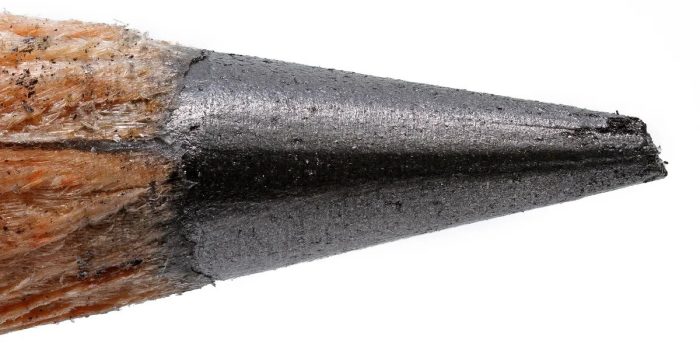Scientists are actively searching for materials that exhibit superconductivity at room temperature, which would revolutionize technology by allowing the transmission of electricity without resistance. Most superconductors currently require extremely low temperatures, but researchers are exploring various materials to identify those that can maintain superconductivity at more practical conditions.
One recent contender in this pursuit is highly oriented pyrolytic graphite (HOPG), a synthetic form of graphite with aligned crystallites, distinct from the graphite found in pencils. Unlike graphene, a single-layer form of graphite, this study focuses on HOPG.
Researchers utilized a scotch tape cleaving method, similar to the technique used for graphene, to create wrinkles on the HOPG surface. These wrinkles are believed to serve as sites where Cooper pairs, crucial for superconductivity, form.

Cooper pairs are pairs of electrons that interact and become bound, a phenomenon underlying superconductivity. The researchers observed superconductivity in regions of the HOPG sample with the best metallicity at around room temperature (300 Kelvin or 27 °C / 80 °F), although the critical temperature was not precisely determined due to the material’s inhomogeneity.
The team measured the resistance and magnetization of the HOPG material, observing behavior consistent with other superconductive materials. Establishing a specific critical temperature is crucial, as changes in the material should occur sharply and consistently beyond this threshold.
However, the scientific community requires comprehensive evidence, and other superconductivity tests, including heat capacity measurements, are necessary to confirm the findings.
In a conversation with Dr. Valerii Vinokur, Chief Technology Officer for the US at Terra Quantum and a co-author of the study, the exclusion of heat capacity measurements from the analysis was explained. While heat capacity is considered a more intricate method to extract additional data, the primary confirmation of superconductivity was achieved through measuring resistance and magnetization.
It’s emphasized that extraordinary claims demand extraordinary evidence, and the broader scientific community will need to scrutinize the results using various methodologies, including heat capacity measurements. Professor Susie Speller from the Oxford Centre for Applied Superconductivity underscores the importance of evaluating electrical resistance, magnetic properties, and heat capacity to confirm superconductivity.
The potential discovery of a material exhibiting superconductivity at room temperature could lead to groundbreaking technological advancements. Such a development would eliminate energy losses during electricity transmission, opening the door to technologies currently only conceivable in the realm of imagination.
However, until the findings are rigorously validated through comprehensive testing, the quest for room-temperature superconductors remains a promising but cautious endeavor within the scientific community.


